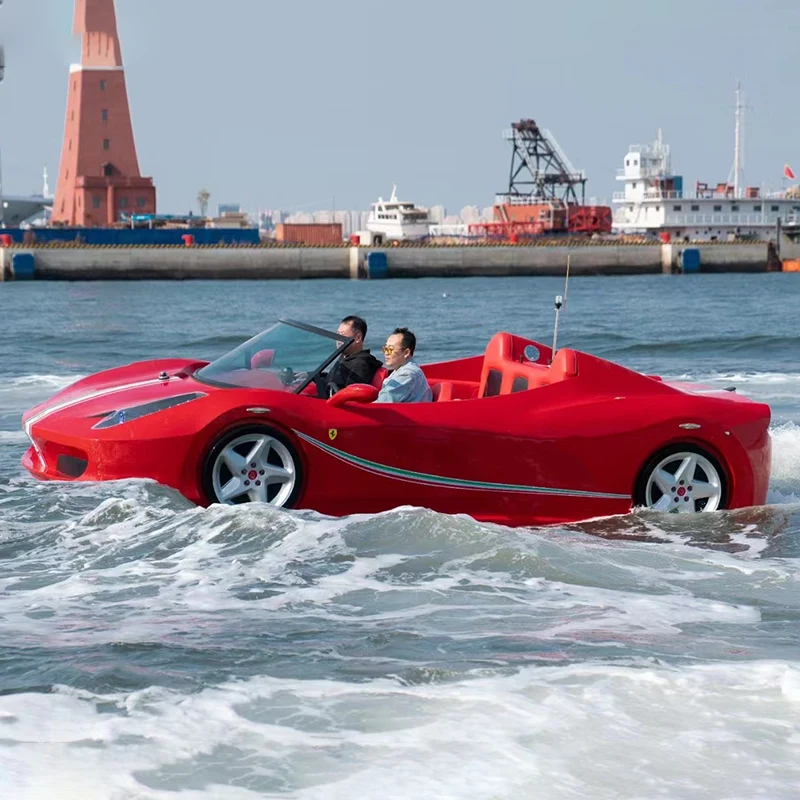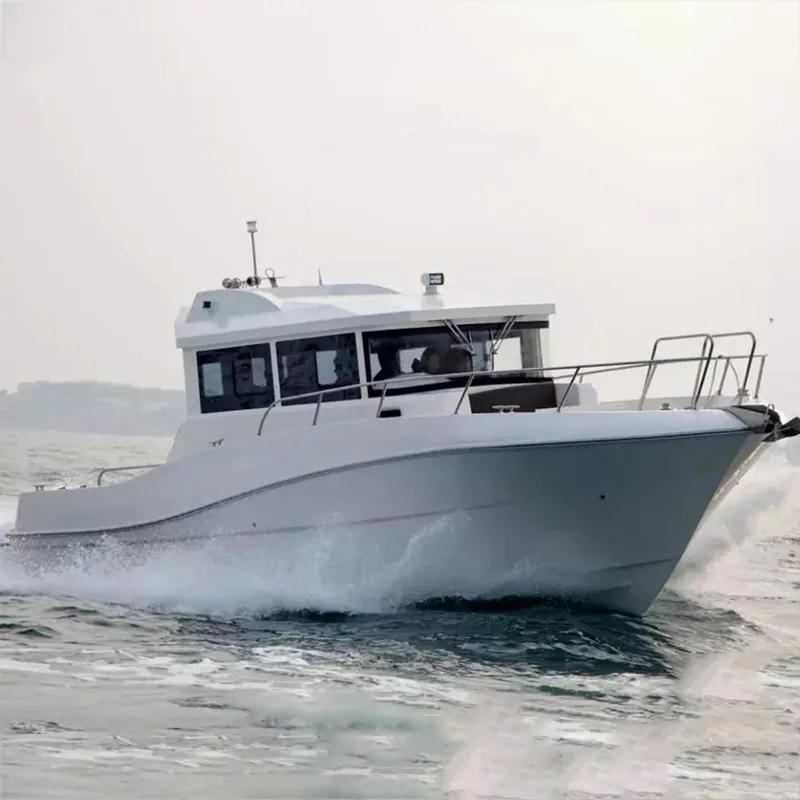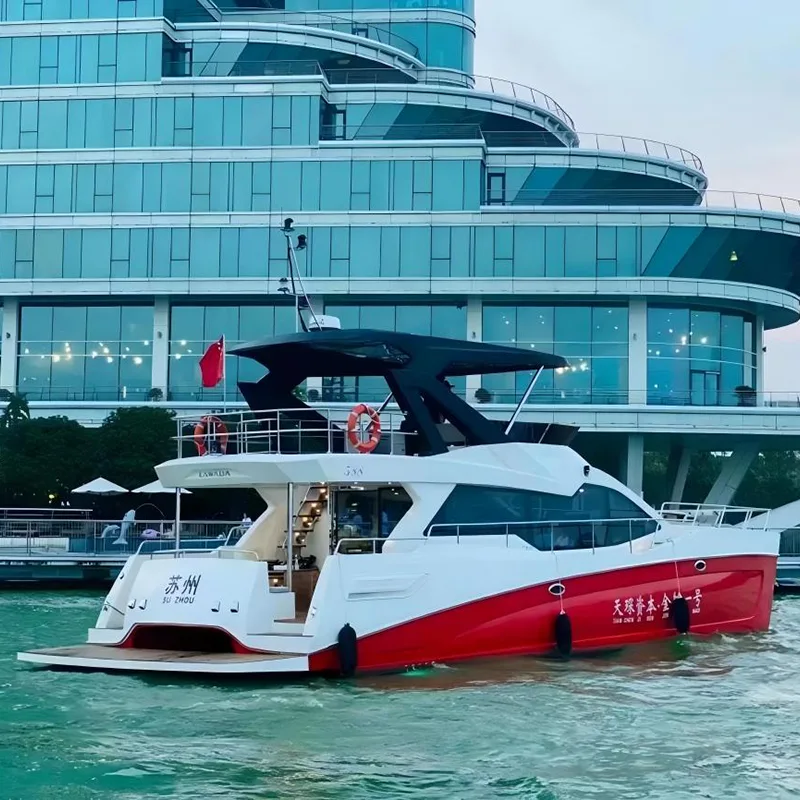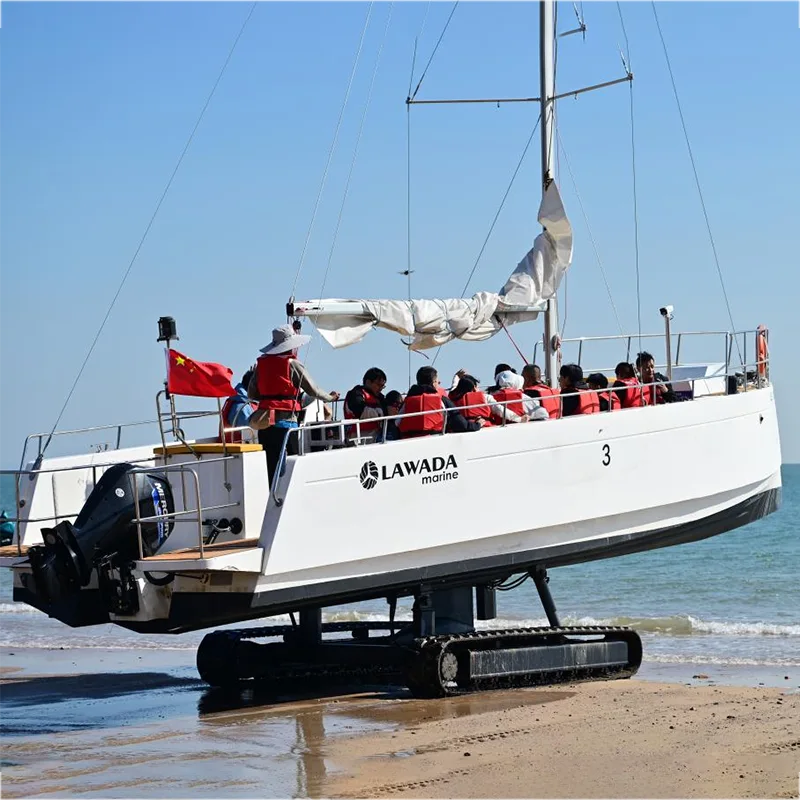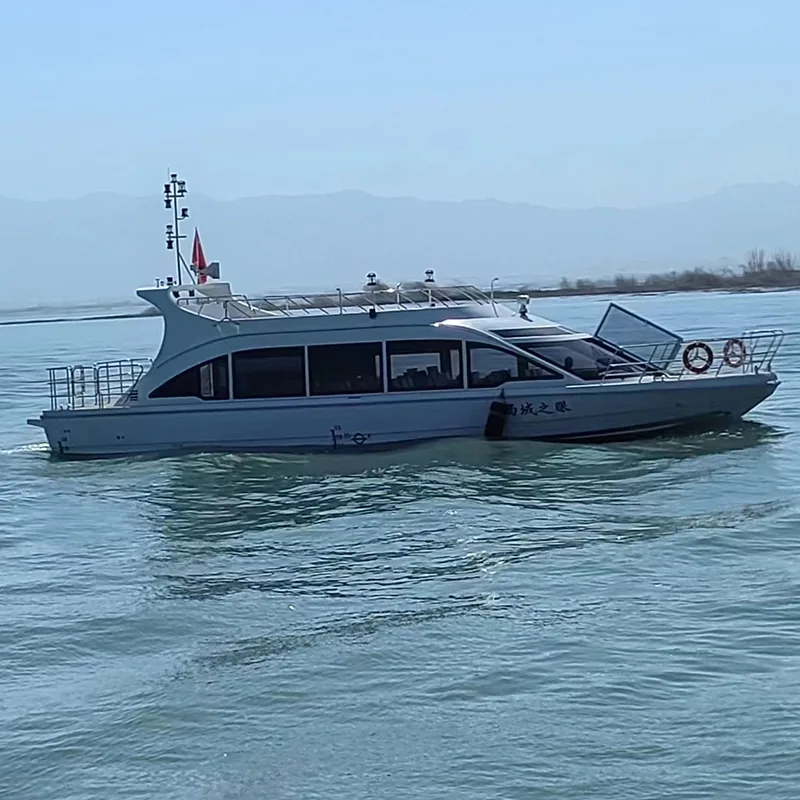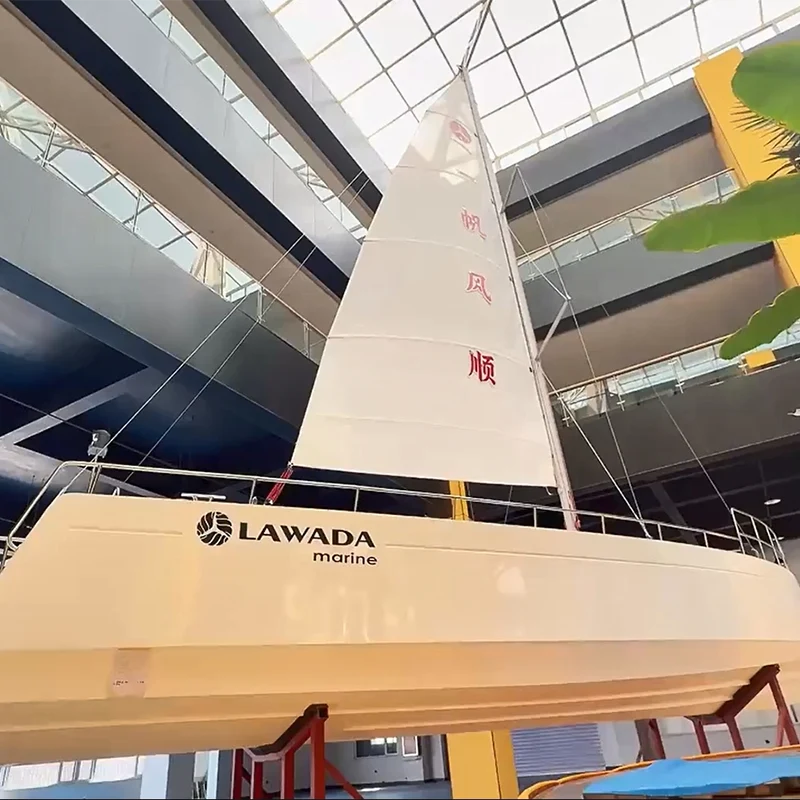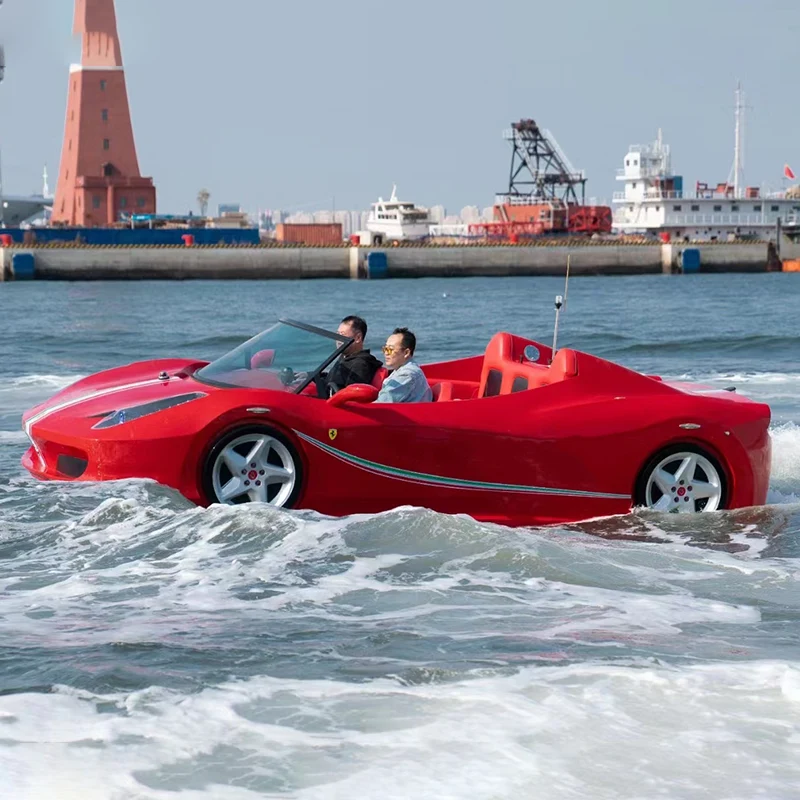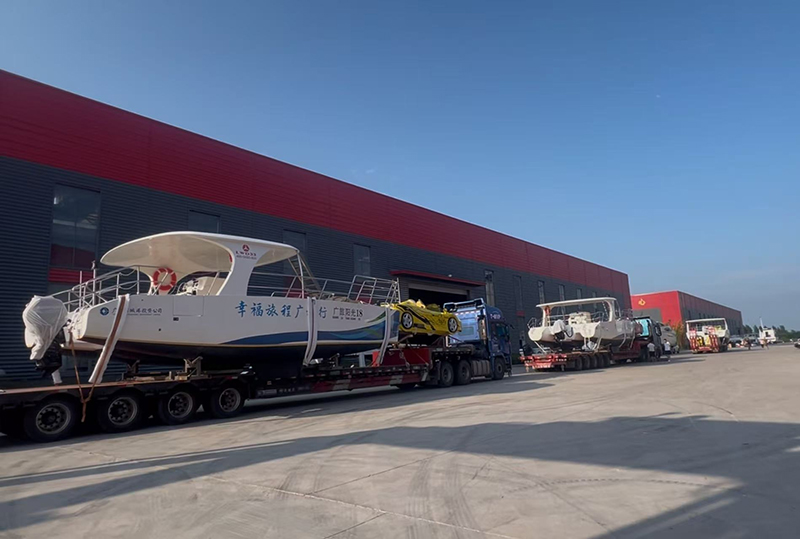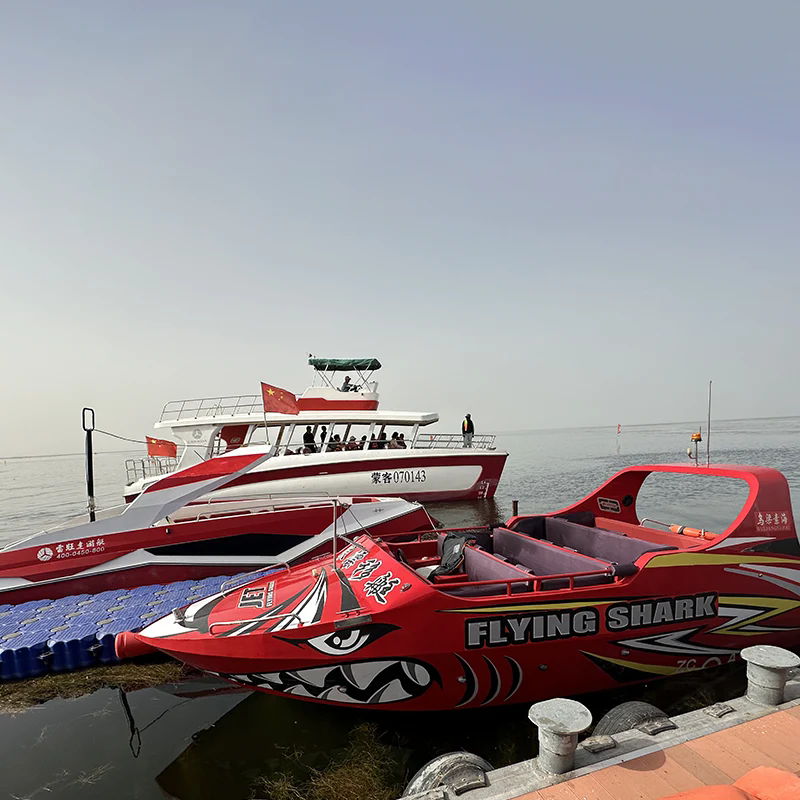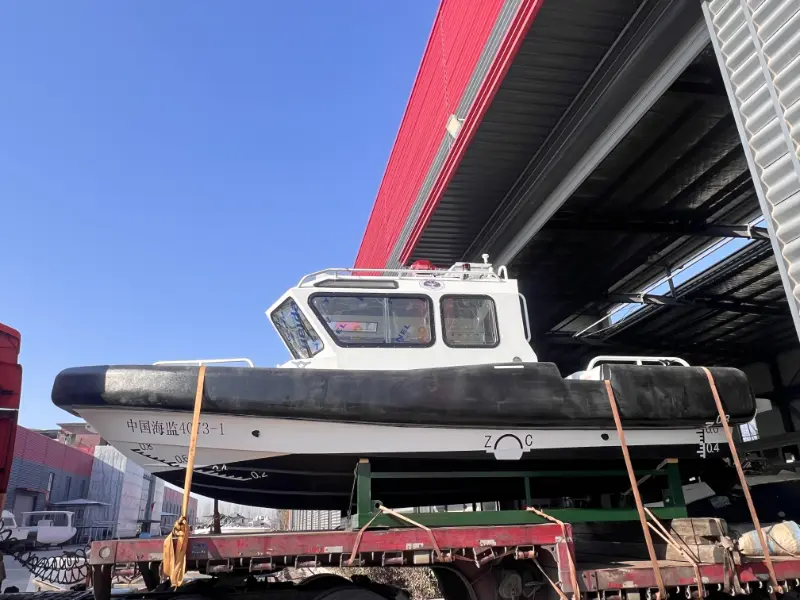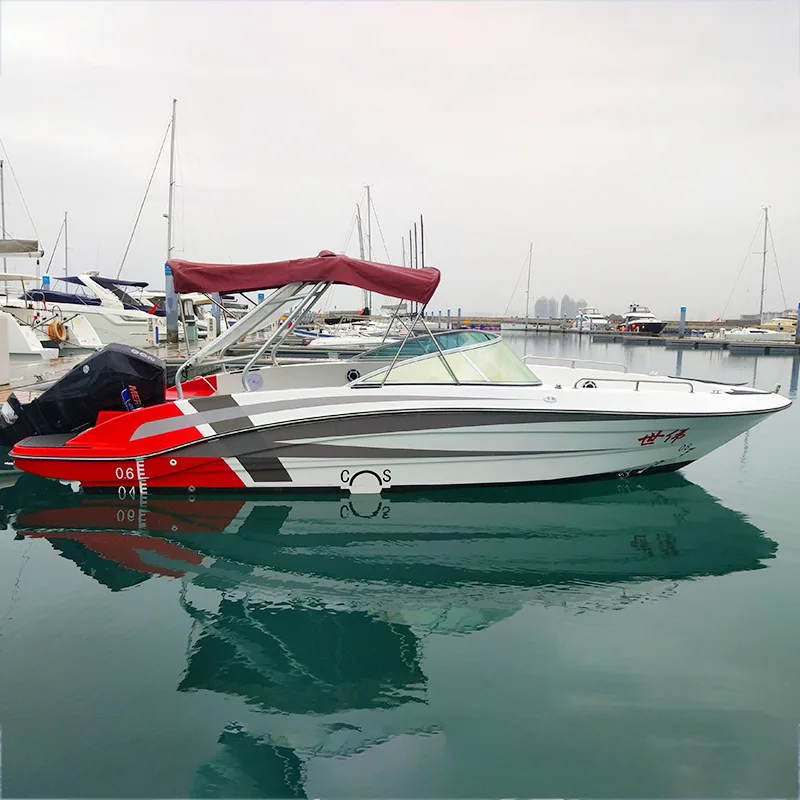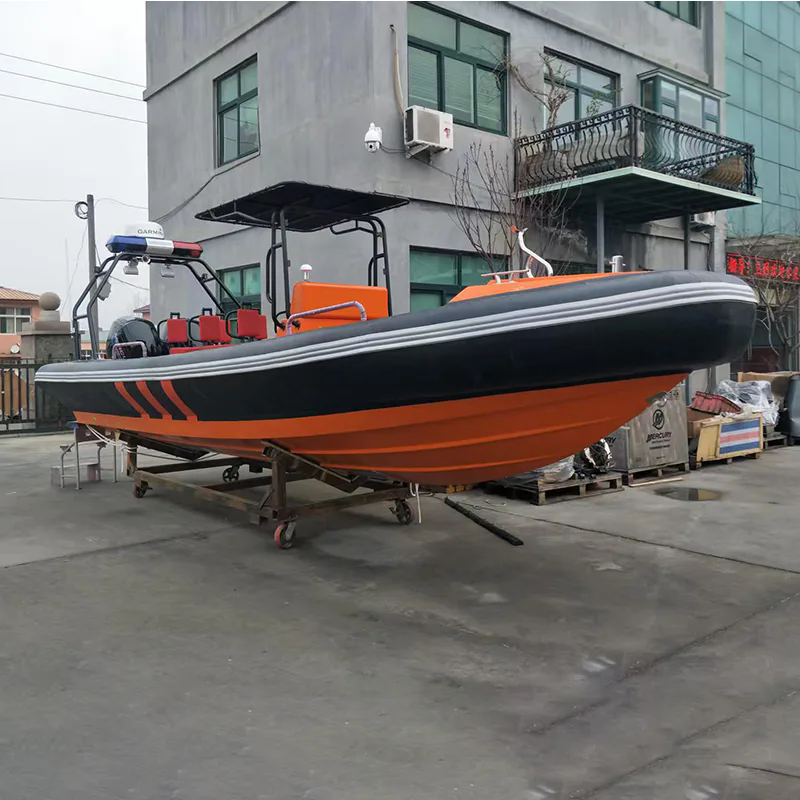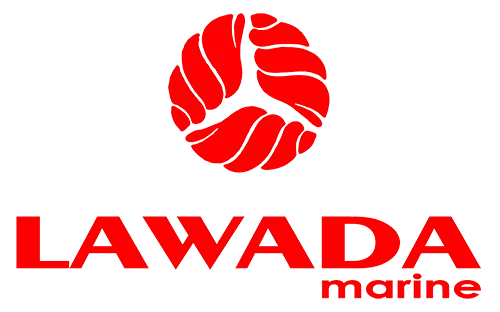


- English
- Afrikaans
- שפה עברית
- беларускі
- Hrvatski
- lugha ya Kiswahili
- አማርኛ
- Bosanski
- ភាសាខ្មែរ
- Кыргыз тили
- Монгол хэл
- Hmong
- IsiXhosa
- Zulu
- پښتو
- සිංහල
- Cebuano
- Somali
- Тоҷикӣ
- O'zbek
- Español
- Português
- русский
- Français
- 日本語
- Deutsch
- tiếng Việt
- Italiano
- ภาษาไทย
- Polski
- 한국어
- Svenska
- Malay
- বাংলা ভাষার
- हिन्दी
- Pilipino
- Türkçe
- العربية
- Indonesia
- Norsk
- ελληνικά
- український
- Javanese
- فارسی
- தமிழ்
- Burmese
- ລາວ
- Қазақша
- Srpski језик
- 简体中文
 Whatsapp
Whatsapp

